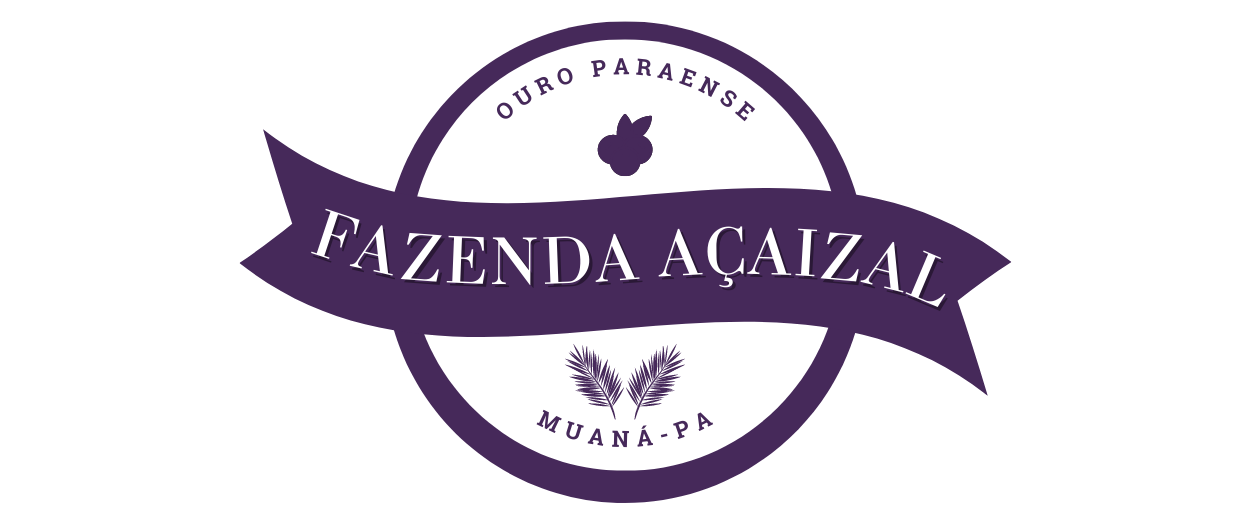Building upon the foundational understanding of how tricksters serve as disruptive figures in myth and storytelling, it becomes essential to explore how their influence extends deep into the fabric of cultural identity. The archetype of the trickster is not merely a narrative device but a potent symbol that encapsulates resilience, adaptability, and societal values across diverse cultures. To fully grasp this, we must consider how tricksters function as cultural mirrors—embodying collective fears, hopes, and moral questioning—thereby shaping the very essence of cultural identity over time.
Table of Contents
- Tricksters as Symbols of Cultural Resilience and Adaptation
- The Psychological Roots of Trickster Archetypes in Cultural Identity
- Tricksters and Moral Boundaries: Challenging Norms to Foster Cultural Dialogue
- Trickster Influence on Cultural Festivals, Rituals, and Arts
- The Cross-Cultural Transmission and Transformation of Trickster Figures
- Contemporary Manifestations of Trickster Influence in Media and Popular Culture
- Reconnecting with the Parent Theme: How Tricksters Continue to Shape Myths and Modern Stories
Tricksters as Symbols of Cultural Resilience and Adaptation
Throughout history, trickster figures often symbolize a community’s resilience amidst societal upheavals. For example, the African-American folk hero Br’er Rabbit exemplifies cleverness and adaptability in the face of oppression, turning adversity into an advantage through wit and resourcefulness. Similarly, the Native American Coyote figures, such as those in Plains and Southwest tribes, embody adaptability, often navigating complex social and environmental terrains, thus mirroring cultural resilience.
In East Asian cultures, the fox spirit (kitsune in Japan) functions as a trickster that adapts to changing social landscapes, symbolizing both cunning and transformation. These figures serve as cultural repositories, preserving stories that reinforce community cohesion and adaptive strategies during periods of change.
The Psychological Roots of Trickster Archetypes in Cultural Identity
Psychologist Carl Jung identified archetypes like the trickster as manifestations of the collective unconscious—deep-seated traits shared across humanity. Trickster stories often represent societal dreams, anxieties, and aspirations, acting as outlets for societal tensions. For instance, the figure of Loki in Norse mythology embodies the chaos and unpredictability inherent in human nature, reflecting collective fears of disorder.
On an individual level, engaging with trickster narratives encourages self-reflection and helps societies process complex moral dilemmas, fostering a shared sense of identity rooted in adaptability and moral questioning.
Tricksters and Moral Boundaries: Challenging Norms to Foster Cultural Dialogue
Trickster characters frequently question moral and societal norms, serving as catalysts for cultural dialogue. For example, the character of Anansi in West African and Caribbean folklore often uses cunning to expose hypocrisy and challenge authority, prompting communities to reflect on their moral standards.
“By questioning moral boundaries, tricksters enable societies to reconsider their values, fostering growth through critique.”
In some cases, trickster stories have directly inspired social change. The rebellious qualities of figures like Harlequin or the Fool in European traditions have historically challenged aristocratic authority, leading to discussions that advance social progress.
Trickster Influence on Cultural Festivals, Rituals, and Arts
Many cultures incorporate trickster motifs into festivals and rituals, reinforcing their symbolic power. The Japanese Kabuki theater often features characters embodying cunning and mischief, echoing trickster traits. Similarly, carnival traditions in Latin America celebrate figures like the Pierrot or the Devil, which serve as playful critiques of societal norms.
Arts and performance arts perpetuate trickster themes, ensuring their relevance across generations. Contemporary artists frequently draw on trickster symbolism to challenge societal issues or to explore identity, as seen in street theater, dance, and visual arts.
The Cross-Cultural Transmission and Transformation of Trickster Figures
Globalization has facilitated the migration and adaptation of trickster archetypes, resulting in hybrid figures that blend traits from multiple cultures. For example, the American portrayal of the Rebel in media often combines characteristics of the Native American Coyote and African-American Br’er Rabbit, reflecting multicultural influences.
These hybrid figures serve as cultural bridges, fostering understanding and dialogue among diverse communities while evolving new narratives that resonate in a multicultural world.
Contemporary Manifestations of Trickster Influence in Media and Popular Culture
Modern entertainment continually reimagines trickster archetypes. Characters like Deadpool or Rick Sanchez challenge societal norms, reflecting current values of individualism and skepticism toward authority. These figures often serve as mirrors or critiques of contemporary society, embodying the trickster’s role in provoking thought.
Social media platforms have also spawned new trickster archetypes—digital personas that subvert expectations, challenge narratives, and create viral phenomena. These online tricksters influence cultural self-perception and shape collective identity in the digital age.
Reconnecting with the Parent Theme: How Tricksters Continue to Shape Myths and Modern Stories
As seen throughout this exploration, tricksters are more than mythological characters—they are dynamic symbols embedded in the ongoing construction of cultural identity. Their stories adapt and evolve, mirroring societal shifts and internal struggles, thus maintaining their relevance in both traditional and modern narratives.
Understanding this deep-rooted influence encourages us to recognize trickster symbolism within our own cultural contexts. Whether in folklore, art, or digital media, tricksters challenge us to question norms, embrace resilience, and participate in cultural dialogues that shape our collective story.
For a comprehensive perspective on this fascinating archetype and its role across history and contemporary society, consider revisiting the foundational insights in How Tricksters Shape Myths and Modern Stories.
